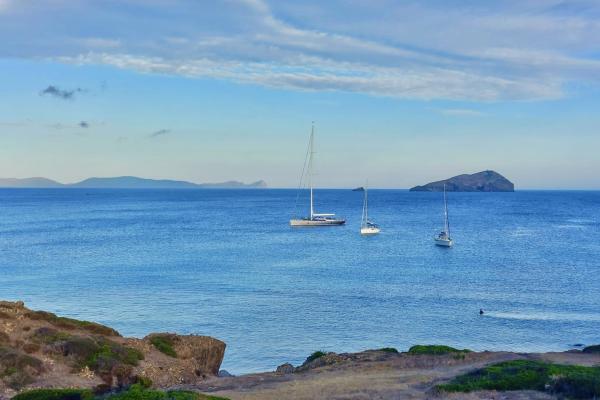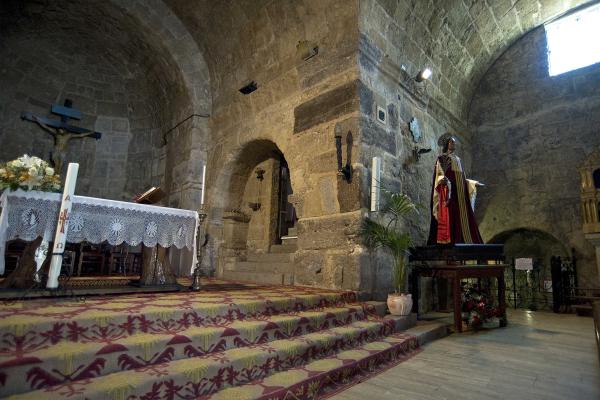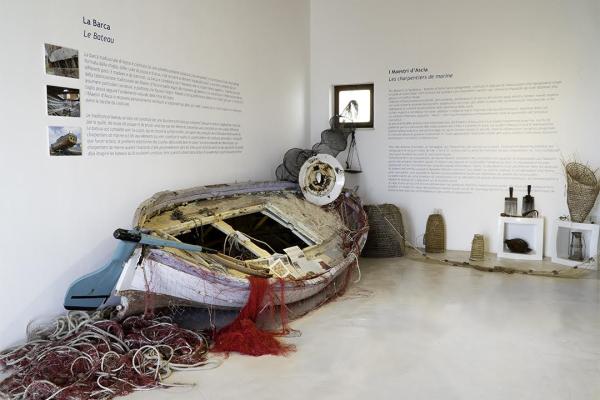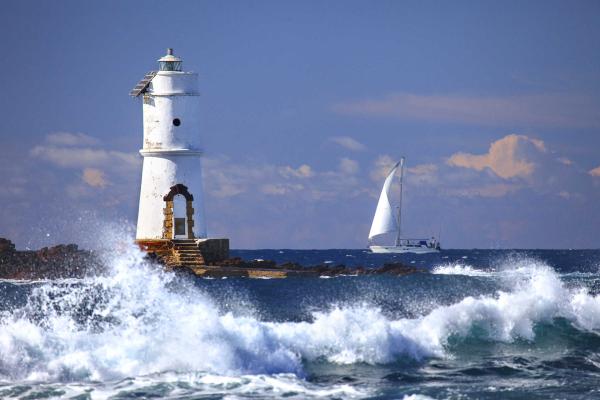Setting off from the town of Sant’Antioco and moving south along the eastern coast of the island that gives its name to the town, there are various easily accessible and ‘naturally’ relaxing beaches. Instead, on the other side, you enter into an area of low hills covered with Mediterranean greenery and cultivated fields. The sea can no longer be seen for about ten kilometres. Then the cove of Cala Sapone appears. When you see it appear, you’ll understand why it is considered one of the places that the people of Sant’Antioco love the most. The sandy stretch, which has coarse, amber-coloured sand mixed with shells and coral fragments, is not very wide, while the northern stretch has reefs and flat rocks tinged with white, where you can sunbathe or dive. The promontory to the right of the cove is completely covered in Mediterranean scrub, while beyond the cliff, to the south, you can admire a small and enchanting gulf surrounded by islets and rocky outcrops.

Beach
This crescent-shaped bay, with its sides protected by two promontories and by offshore islets, is one of the most famous places in Sant'Antioco, in the extreme south-west of Sardinia
This crescent-shaped bay, with its sides protected by two promontories and by offshore islets, is one of the most famous places in Sant'Antioco, in the extreme south-west of Sardinia
See this place because...
It is a cosy and well-equipped little cove, surrounded by picturesque natural scenery and a destination not to be missed by those seeking intimate and unspoilt views of the coast
Nearby
Ti piace questo luogo? Sant'Antioco potrebbe essere la tua meta ideale.
You may also like
More attractions in the vicinity
Nearby hotels and accommodations

SANT'ANTIOCO
2 km

Bed and breakfast (rental rooms)
SANT'ANTIOCO
2 km

SANT'ANTIOCO
2 km










